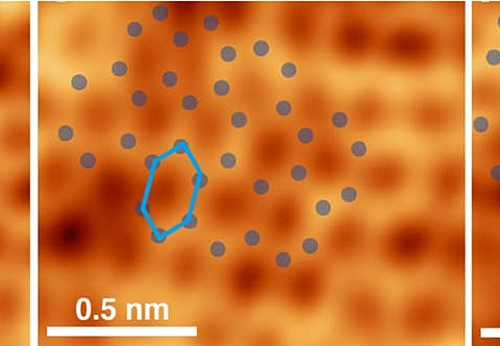
Laser technique could unlock use of tough material for next-generation electronics

Laser technique could unlock use of tough material for next-generation electronics

Keeping it Fresh: Food packaging technology receives top honor

Evgenii Narimanov, professor of electrical and computer engineering in the College of Engineering, will receive the 2019 Arden L. Bement Jr. Award for significant accomplishments in pure and applied science and engineering.
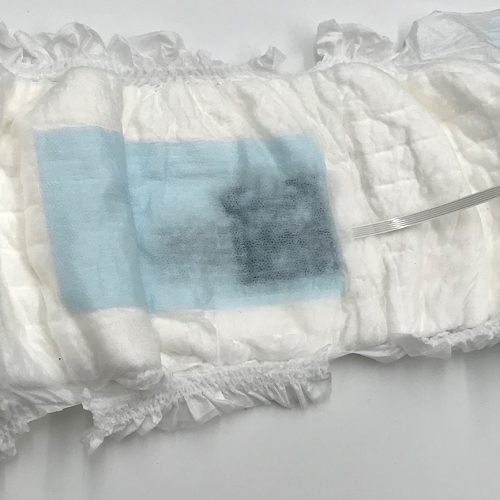
Keeping it clean: How diaper sensors can better detect urinary tract infections, reduce more severe diseases
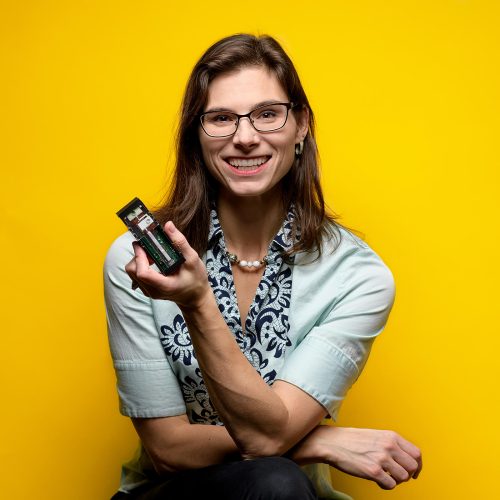
Building self-tests for the world’s most common infectious diseases – with paper
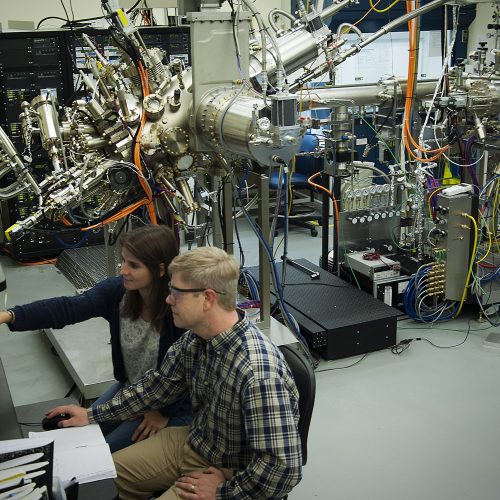
New robust device may scale up quantum tech, researchers say

Because there are no pharmacies in space
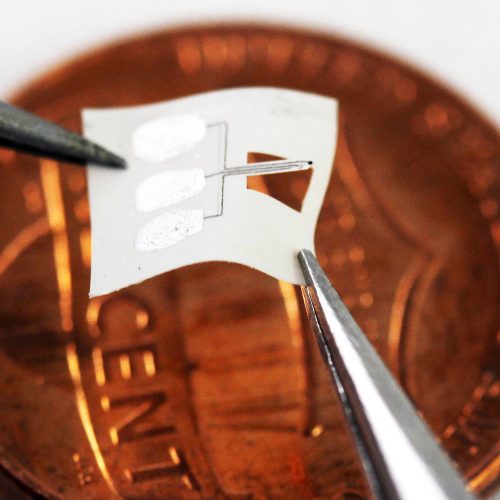
Implant to better track brain chemical gone rogue after neurotrauma
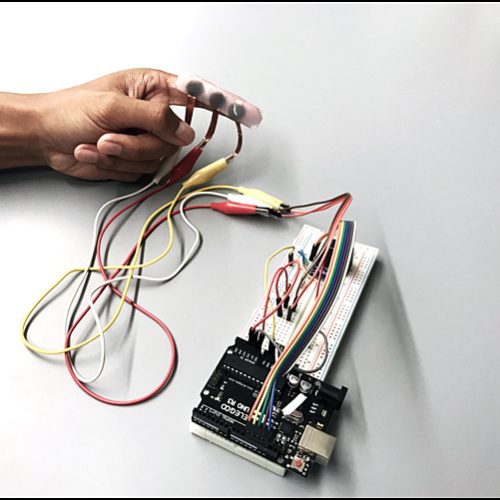
Movie technology inspires wearable liquid unit that aims to harvest energy
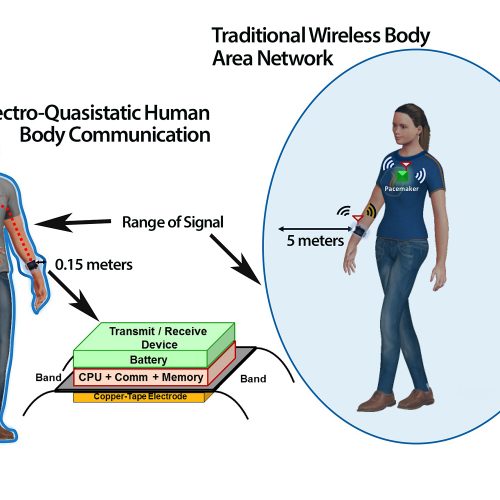
Your body is your internet – and now it can’t be hacked